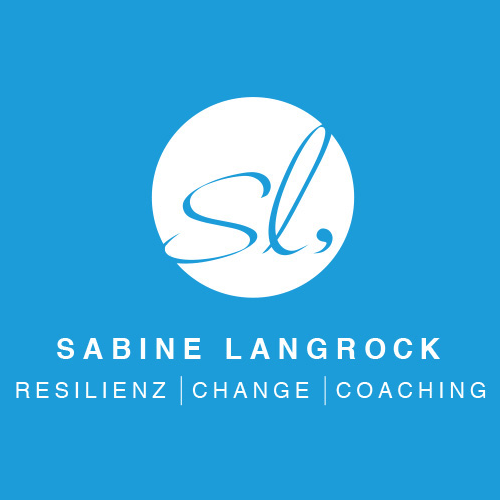Why Fear and Hope Both Belong
Change rarely feels clear-cut. It is both a new beginning and a farewell. Hope is mixed with uncertainty.
This ambivalence is also evident in teams that I accompany through change processes. These are phases full of energy, but also full of questions.
One of my favorite interventions here is called “Hopes & Fears.”
Everyone writes down: When I think about the upcoming change... What gives me hope? What worries me?
These are two sides of the same coin, and both deserve to be heard.
Then, in pairs, we listen to each other, appreciate the different perspectives, and consolidate them a little in small groups. The 1-2-4-All method helps to ensure that everyone is heard.
When the Post-its are then hung on the wall, the whole spectrum becomes visible.
It says: “I'm looking forward to new opportunities.” And right next to it: “I'm afraid the pressure will be too great.”
There it is, the ambivalence.
Anticipation alongside uncertainty.
Courage alongside doubt.
Not either/or, but both/and.
I always consider this moment to be a turning point.
Because people stop categorizing their feelings as “right” or “wrong.”
Because it becomes clear that both are allowed to exist.
And because they realize that these feelings are not unique to them. We all feel this way.
This is precisely what creates connection and often a different kind of togetherness.
When teams can talk openly about ambivalence, trust grows. They become more courageous and more willing to experiment.
Following the Hopes & Fears session, I then ask:
How did you deal with change in the past? What helped you?
This leads to some wonderful stories being shared. Stories of transitions that took a lot of energy but, in retrospect, brought strength. Stories of decisions that required courage. And stories of small steps that became big ones.
And almost always, someone says: “I've already achieved so much. It'll be fine this time, too.”
Albert Bandura calls this self-efficacy: the experience of having accomplished something strengthens one's belief in one's own ability to act.
Change does not succeed when everyone is fearless.
Rather, it succeeds when fear and hope are allowed to coexist. And when teams remind each other that they have often managed change before – and that they will also shape this change together.
Three thoughts I would like to share with you from ‘Hopes & Fears’:
· Change is almost always a case of both/and.
· When ambivalence is shared, trust is created.
· Remembering challenges that have been overcome strengthens confidence and optimism for the future.
Are you currently in the middle of a #transformation process?
How does your team manage to deal with #ambivalence?

